Steel is a metal alloy consisting mainly of iron and a small quantity of carbon.
Its composition gives it specific properties such as hardness and it remains one of the most used materials in an industrial environment.
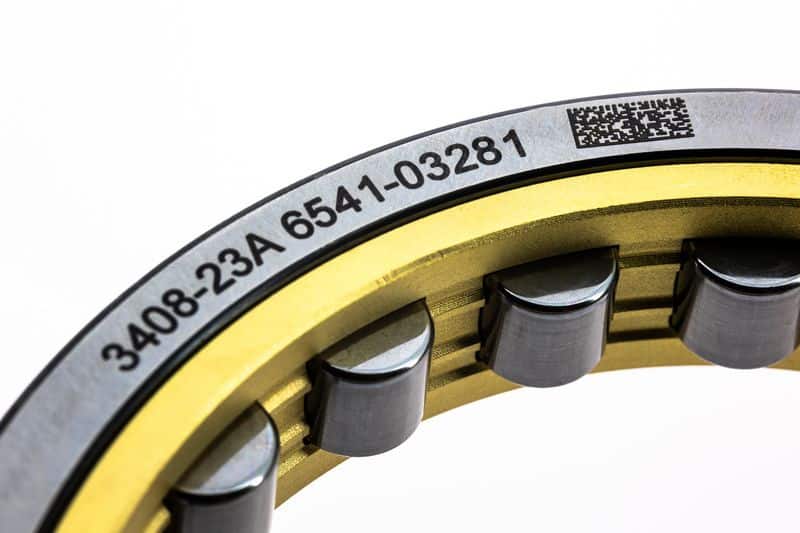
Permanent marking on steel is used in many fields of application. It can apply alphanumeric markings, bar codes, 2D codes or Datamatrix codes.
Permanent marking is particularly used in the following applications and sectors:
-marking of VIN numbers on vehicle chassis,
-marking of logos or alphanumeric data on automotive parts,
-identification and traceability of aircraft parts, tool identifier coding,
–identification and traceability of medical devices,
–marking of pipes or sheets in metallurgy,
–marking of data, logos or codes on metal parts in Mechanical engineering…
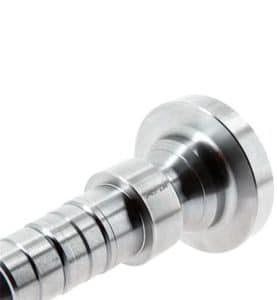
Steel is an alloy of iron and carbon.
Its density varies around that of iron (7.32 to 7.86).
There are, however, many types of steel which may differ according to their alloy elements.
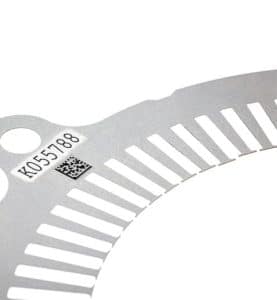
Steel is a material particularly used in the automotive industry.
This metal is therefore subjected to VIN marking which ensures vehicle traceability throughout the manufacturing process and also after it leaves the plant.
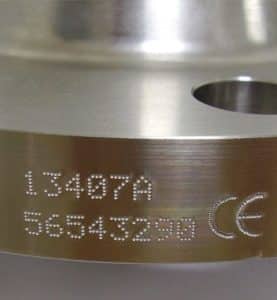
Various technologies can be used for marking steel.
Laser engraving involves burning part of the metal with an infrared beam.
Dot peen marking deforms the steel by a series of impacts applied by a tungsten stylus.
Scribe marking uses a carbon spike that continuously marks the steel surface.
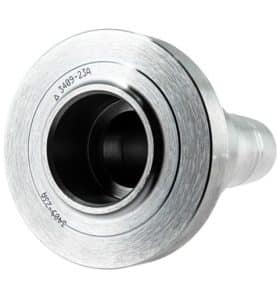
Alphanumeric and datamatrix marking in laser technology, on curved surface.
Discover other materials
In addition to the conditions and requirements for marking a part, its inherent characteristics will determine the choice of the most suitable marking technology (laser, dot peen marking or scribing)
and the right marking machine (power, speed, portability, etc.).
The material, as well as the finish of the surface to be engraved, play a decisive role in making the right choice.
Contact us
Need information?
Contact one of our experts!